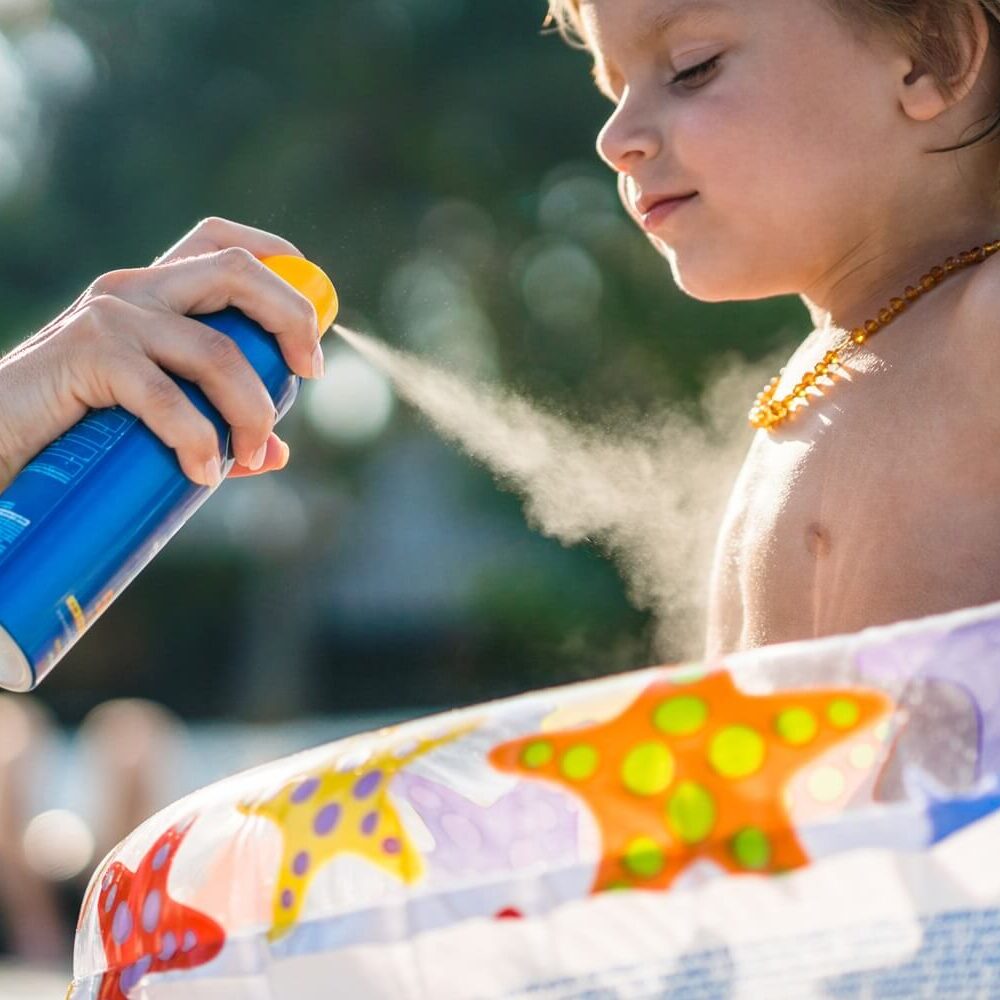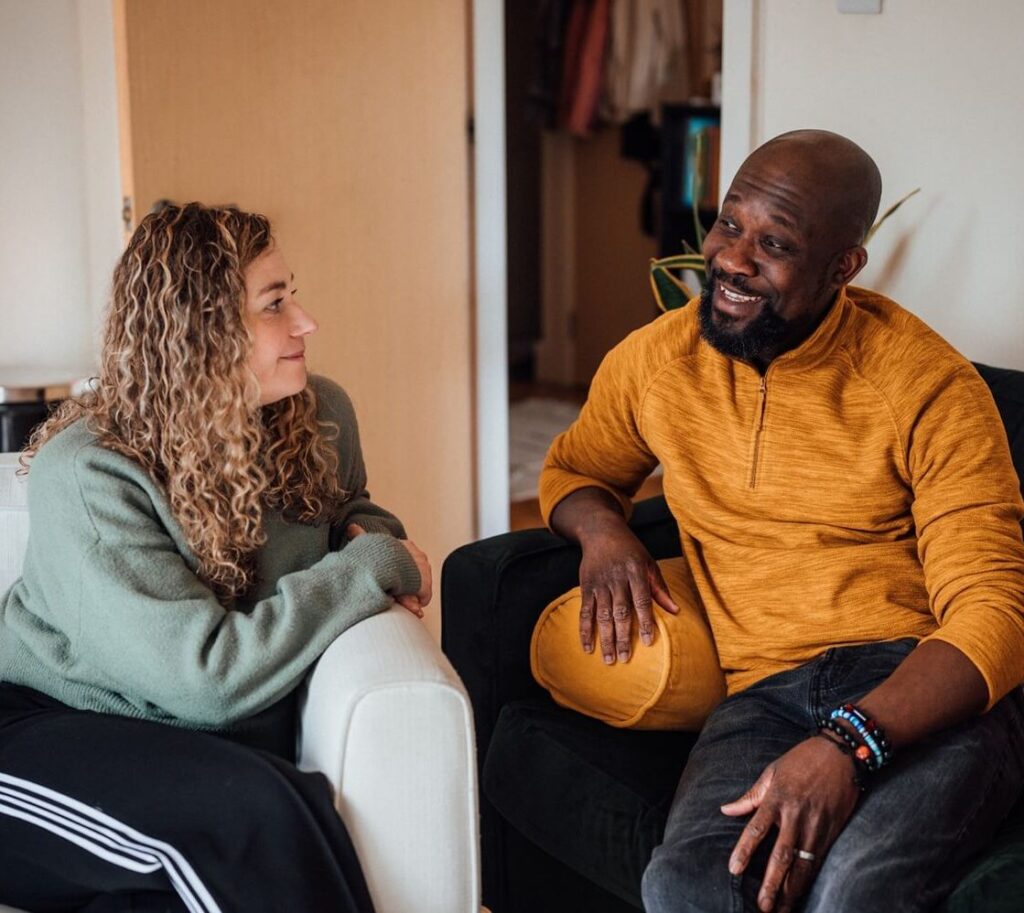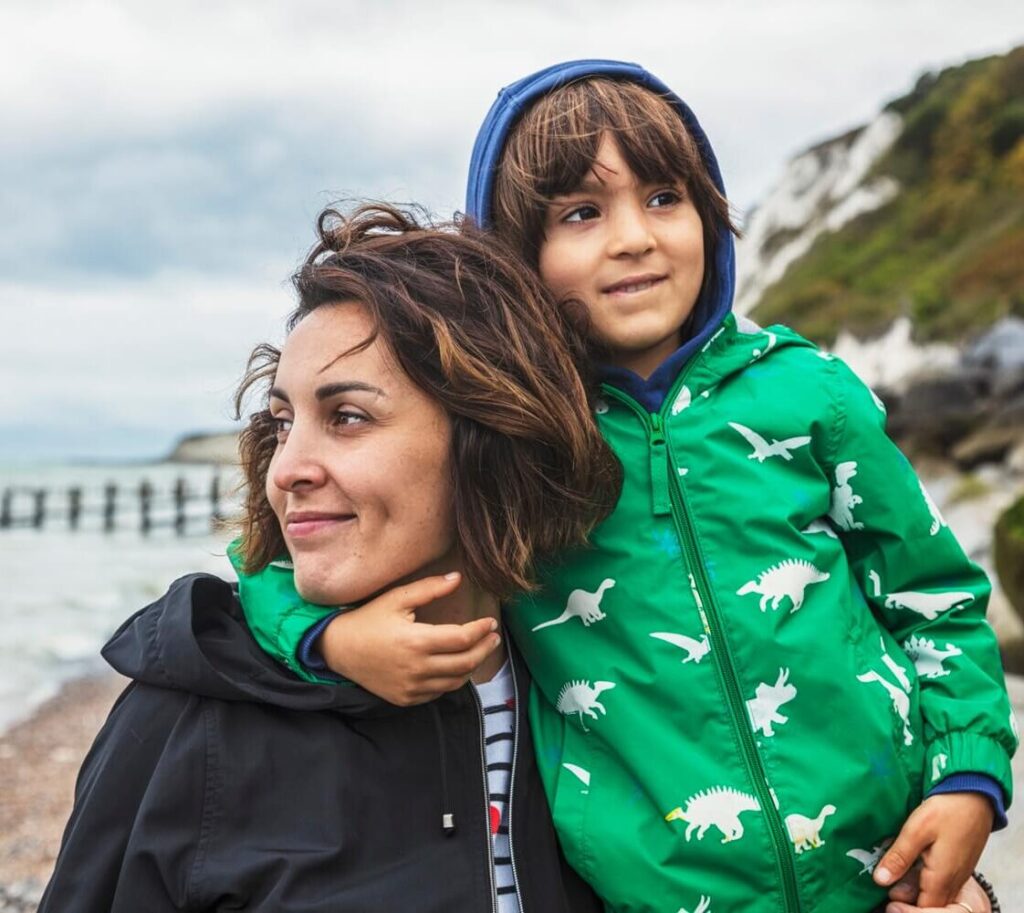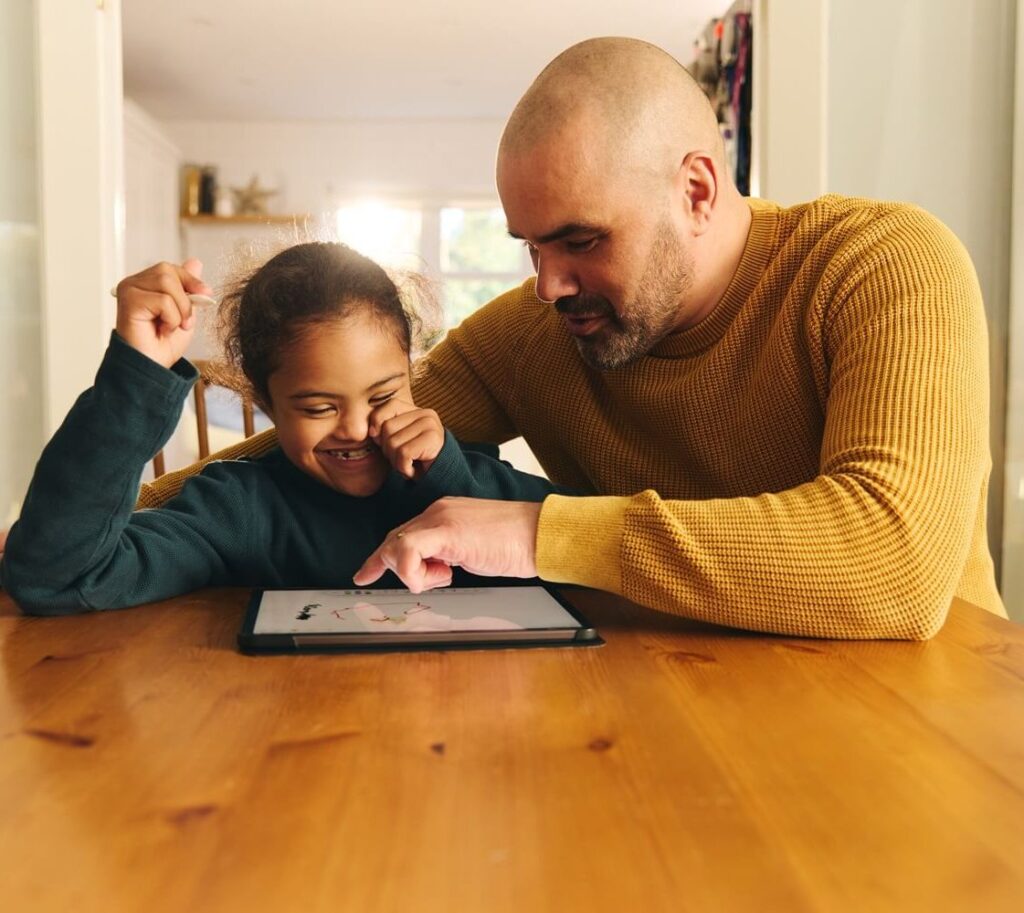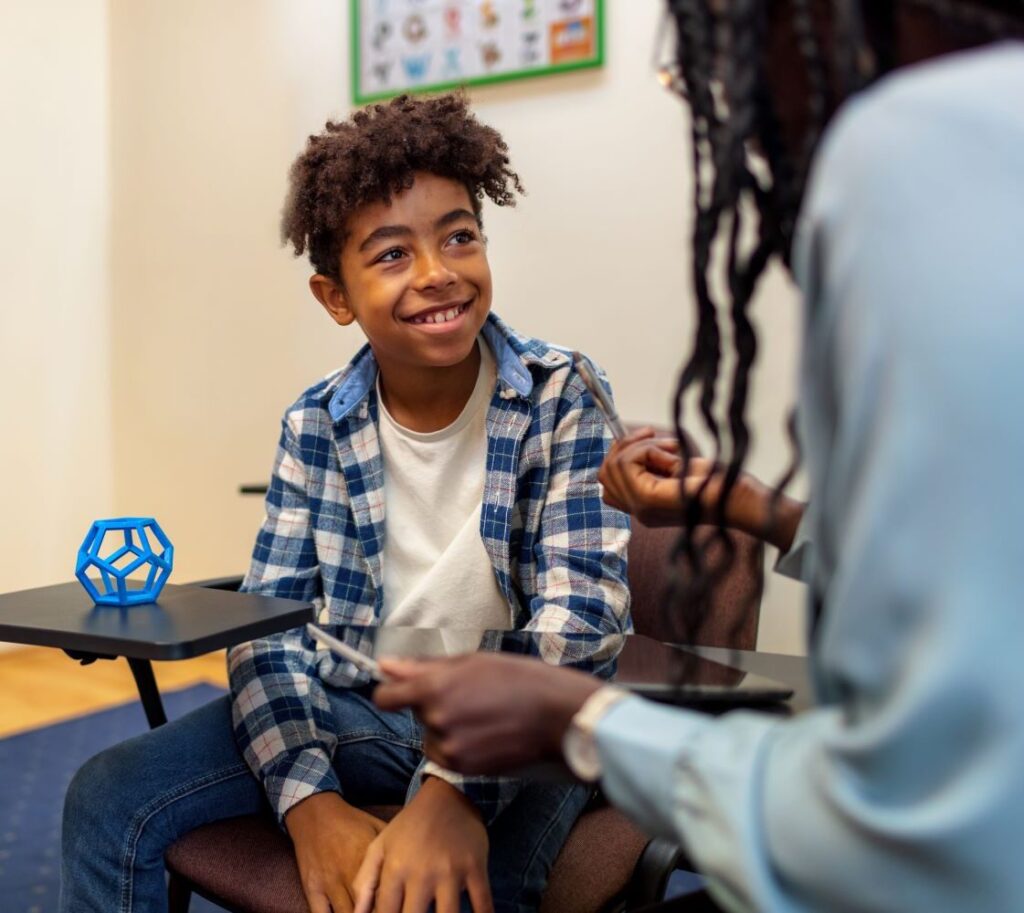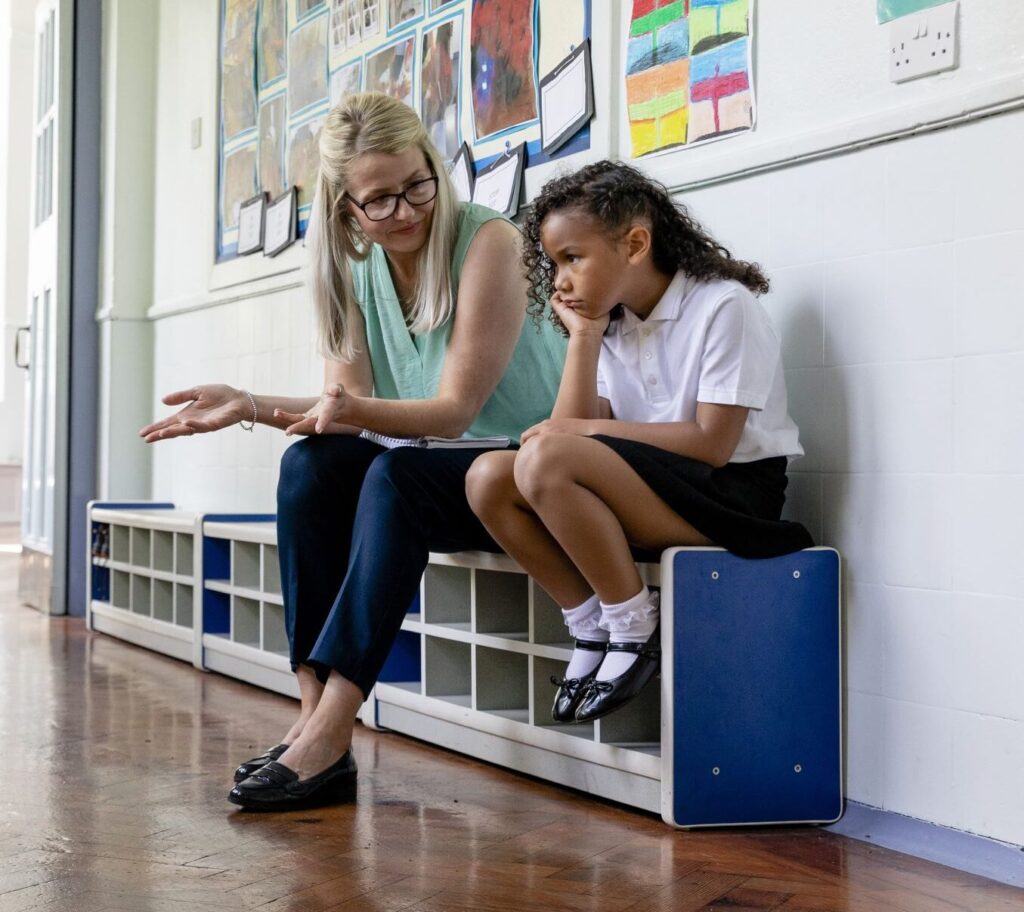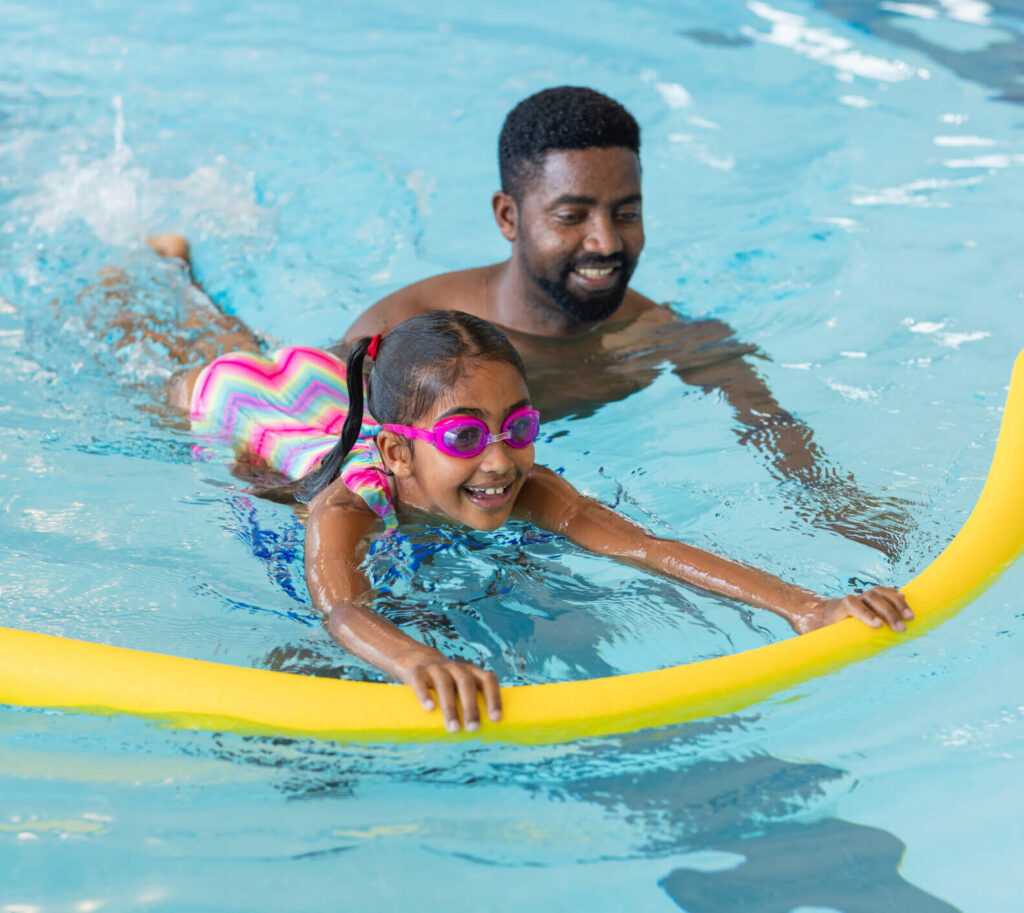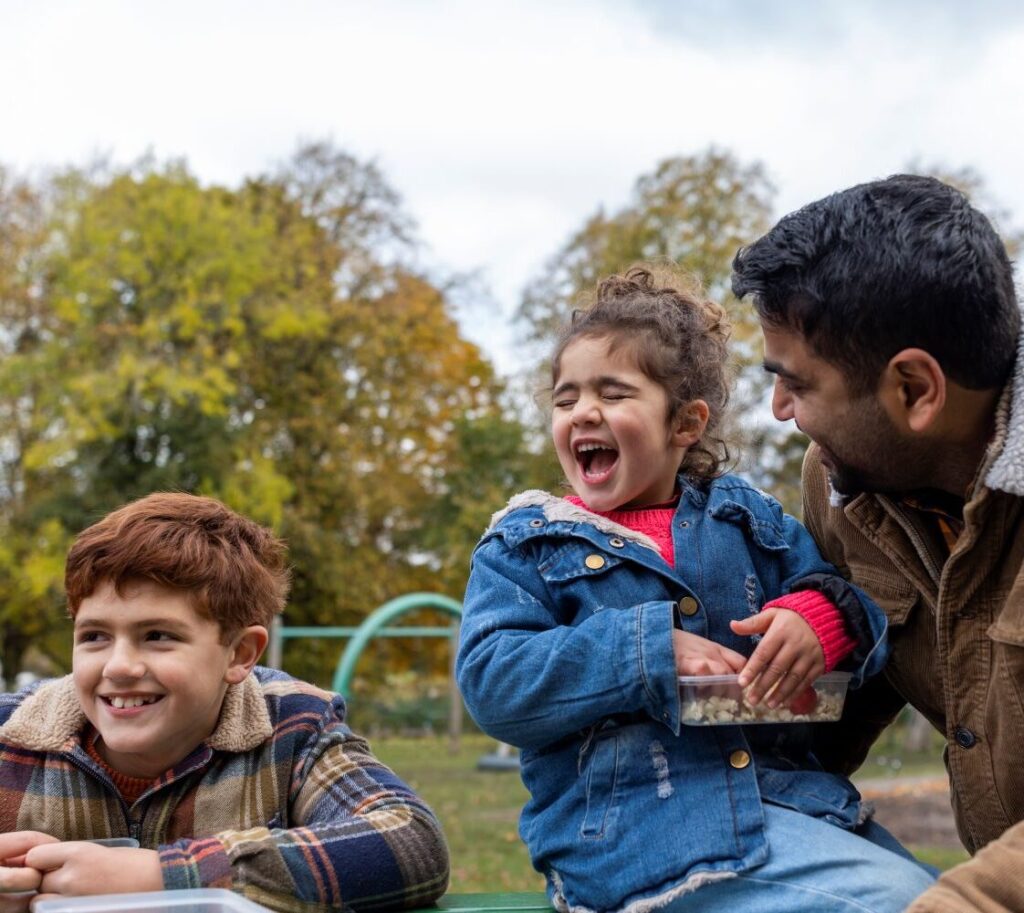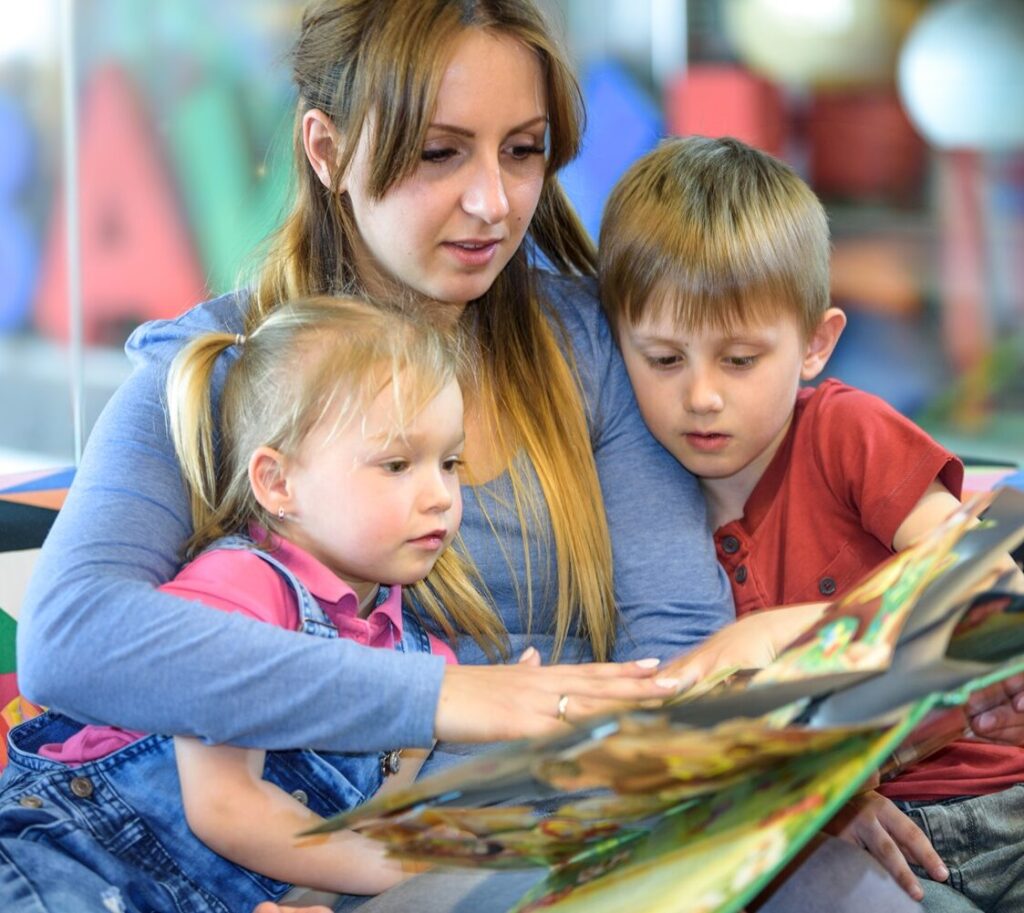A new season can be challenging for people with autism, as it usually means different clothes and a change of routine. Summer can be particularly difficult, as while sun safety is vital, the needs and preferences of children with autism can mean the usual sun safety rules are difficult to follow.
In this article, we’re going to look at some of the potential struggles you might face and some ways to tackle sun safety for children with autism.
Consider sensory issues
Sensory issues can pose a problem if you’re trying to follow the usual sun safety advice. The temperature of the sun cream when it’s first applied, the texture as it’s rubbed in, and how it feels on the skin can all be an issue. Try different types of sunscreen – for example, the texture of a spray-on lotion might be better for your child.
It might feel better for your child if their arms and legs are covered in light long-sleeved t-shirts and trousers in natural materials that feel comfortable in the sunshine. Some fabrics can be challenging, or you might find your child doesn’t like to wear a hat or sunglasses. Involving them in choosing clothes can help, as can trying different fabrics.
Give choices to help your child feel in control
Giving children with autism some control over the things that are happening is important for encouraging them to co-operate.
For example:
- Would you like lotion or spray?
- Should I start with arms or legs?
- Should I do it or you do it?

Teach in stages
Start with short activities and easy requests, such as asking your child to wear their hat for 1 minute, or to put sunscreen on their feet only. Then you can increase what you’re asking for gradually.
In the meantime, create a shady spot or a den for time out from the sun. Use blankets or towels to make a tent and make sure your child has plenty of drinks and fun activities.
Use pictures to help
Children with autism tend to understand visuals well. The use of visual supports (pictures, symbols, objects, etc.) allows for multiple ways of understanding expectations and can add meaning to your words.
Using first-then picture sequences can help your child understand what needs to happen before something else can happen. For example: “First, put on suncream. Then play outside.”
You could also use your child’s favourite characters, role play, books, social stories, music, and special treats.
Reward successes – big and small!
Reinforcement is the most effective way to increase desired behaviours in children with autism. Punishment leads to frustration and doesn’t teach your child the appropriate behaviour.
Setting small, achievable goals and being prepared with the necessary support will help your child respond correctly and get their reward. Behaviour that is rewarded is repeated!
For more information and resources about autism, see the National Autistic Society and Pathological Demand Avoidance websites.
This article was written in collaboration with Norfolk & Waveney Autism and ADHD Support Service. Use our online service finder for SEND and neurodiversity services in your area, or find your local IASS here.
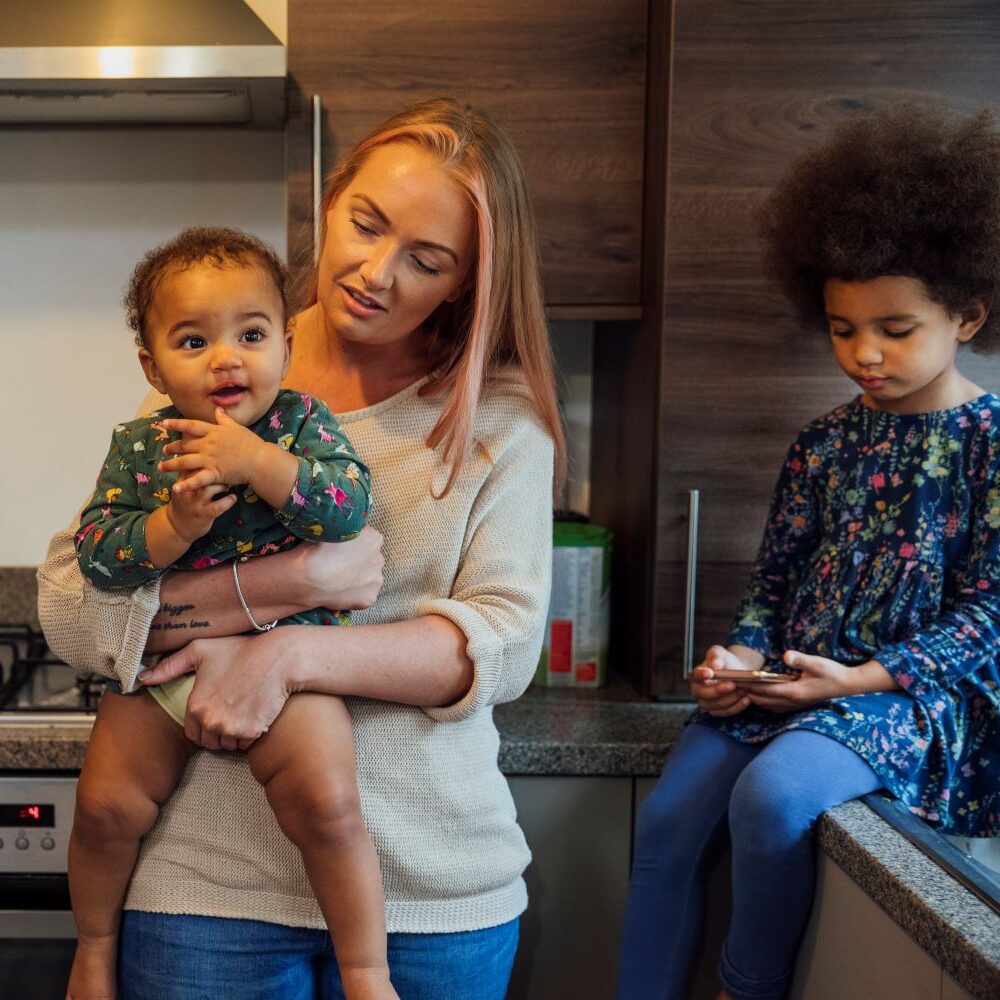
Call, text, email or web chat FamilyLine
If you’re feeling overwhelmed, worried or upset about any aspect of your family life, FamilyLine is here for you. We offer free emotional support and guidance on family relationships, conflict, parenting, caring, financial worries and more.
Contact FamilyLine